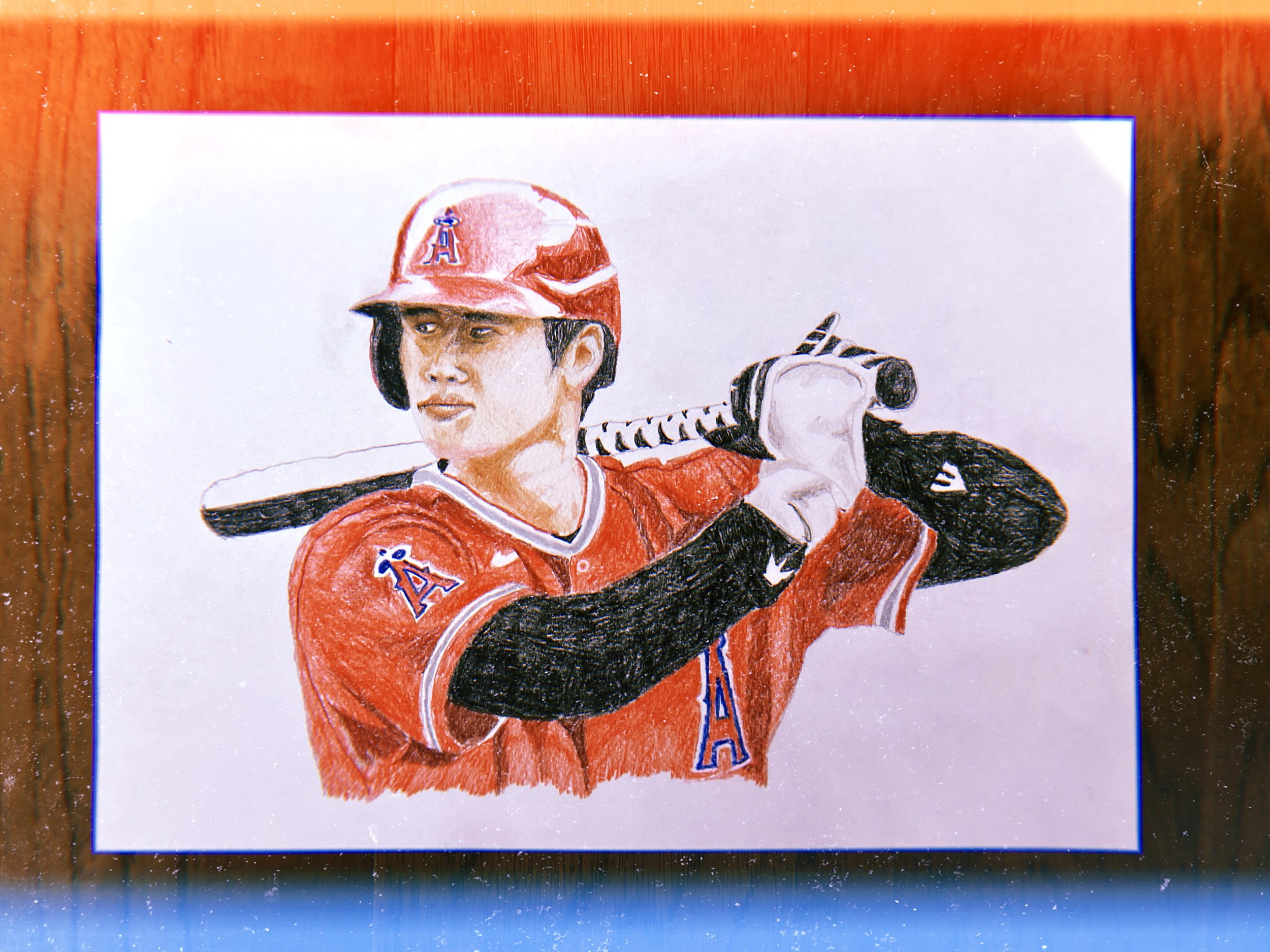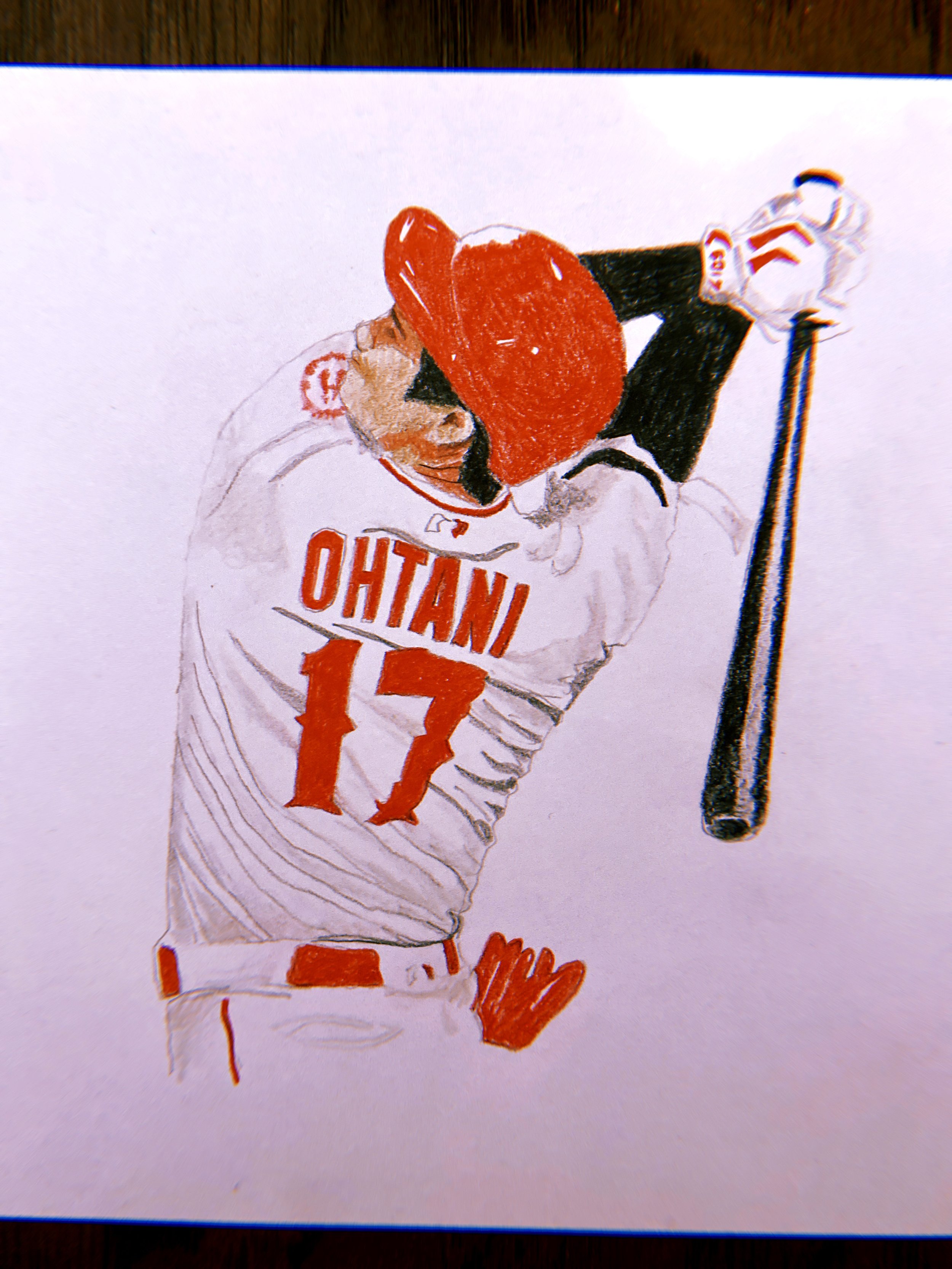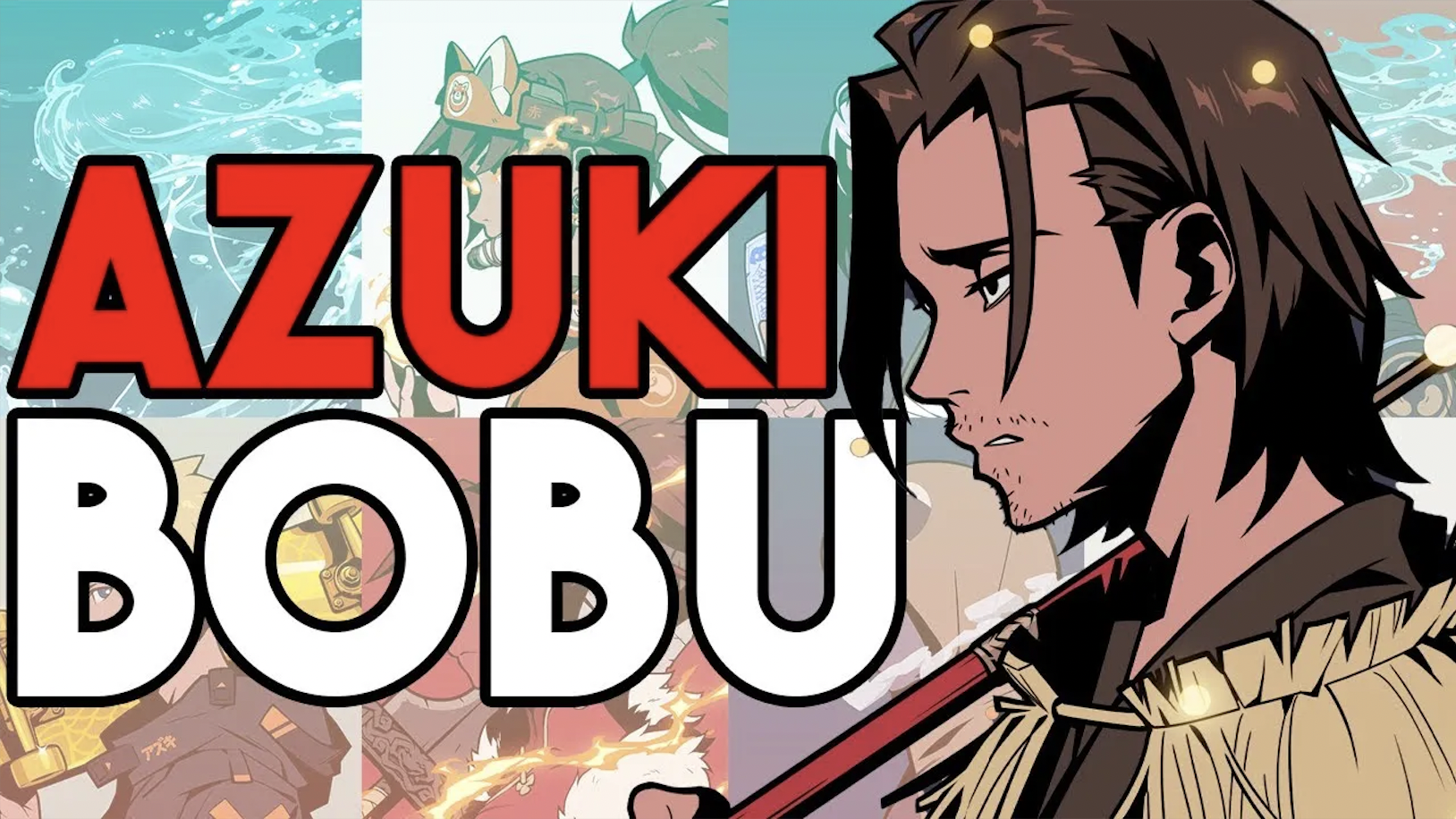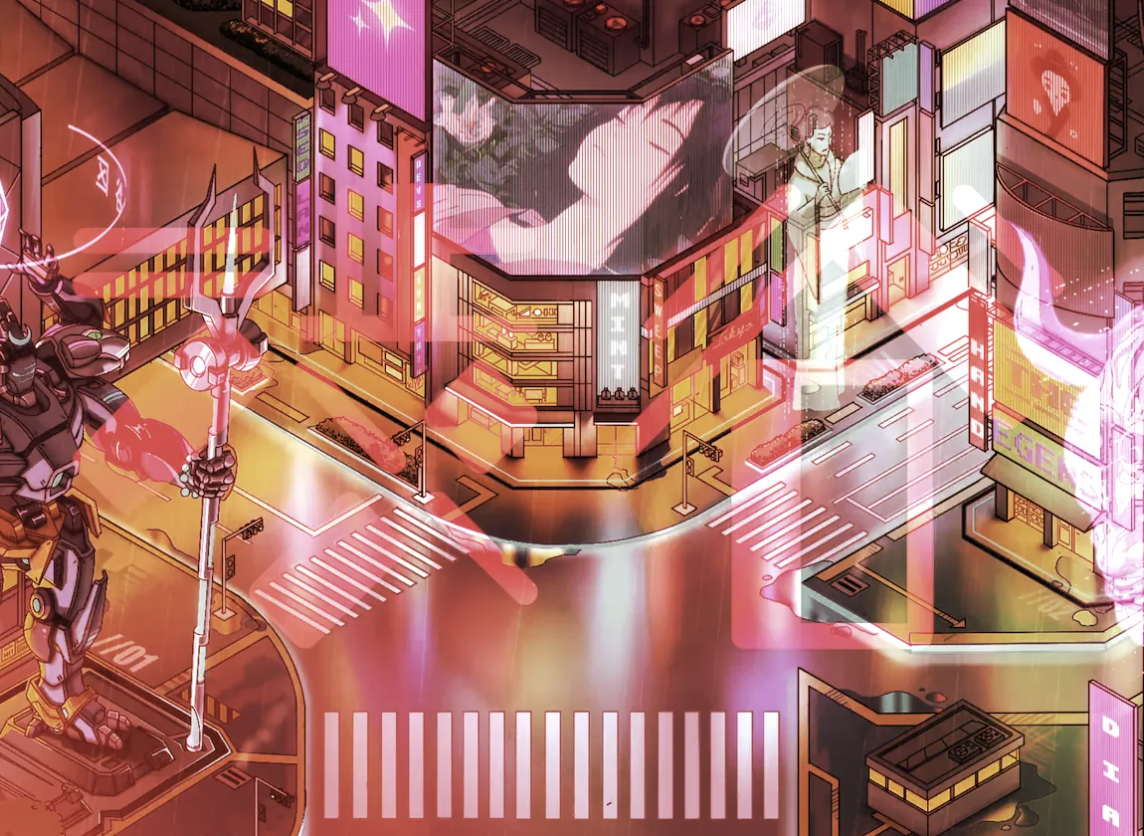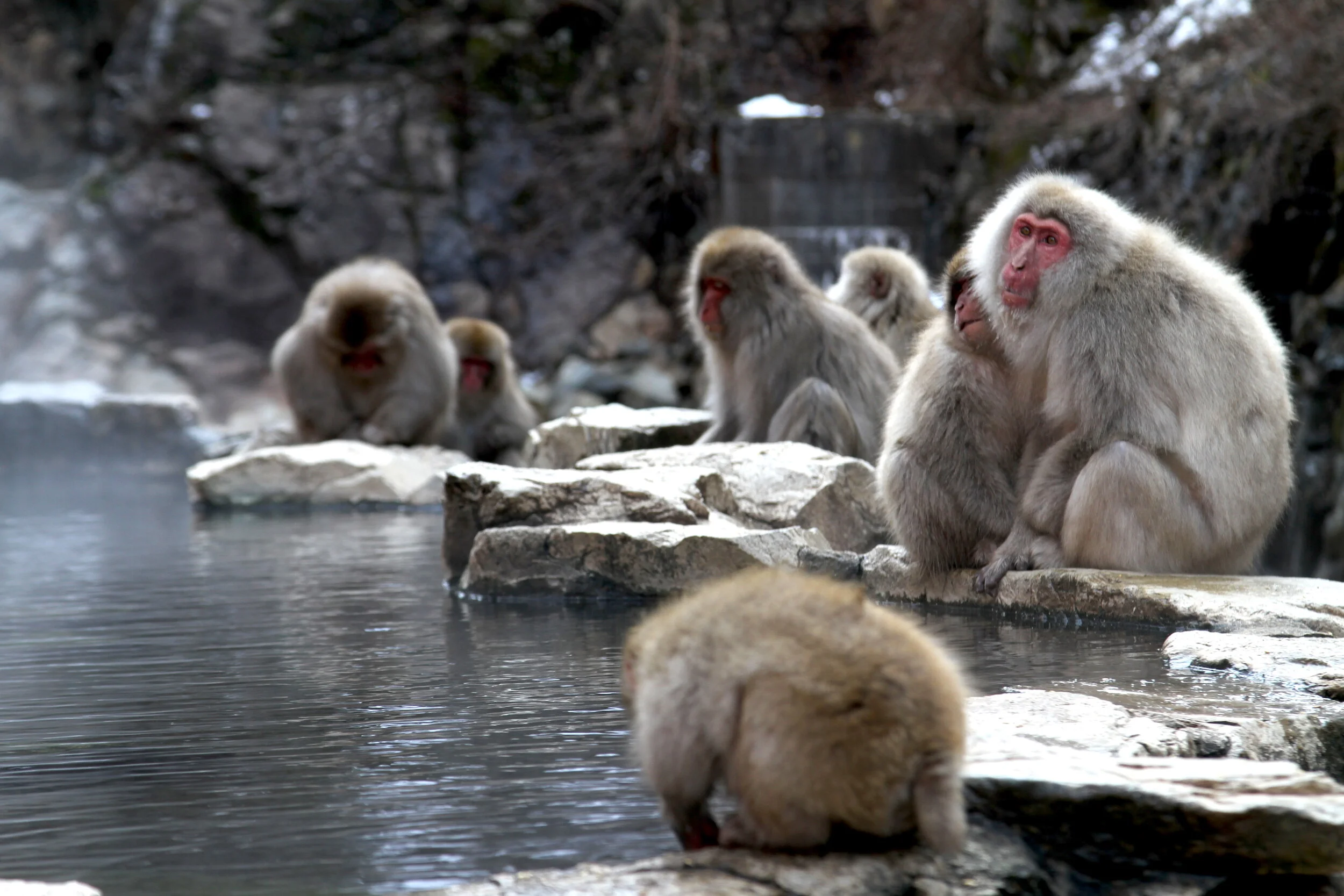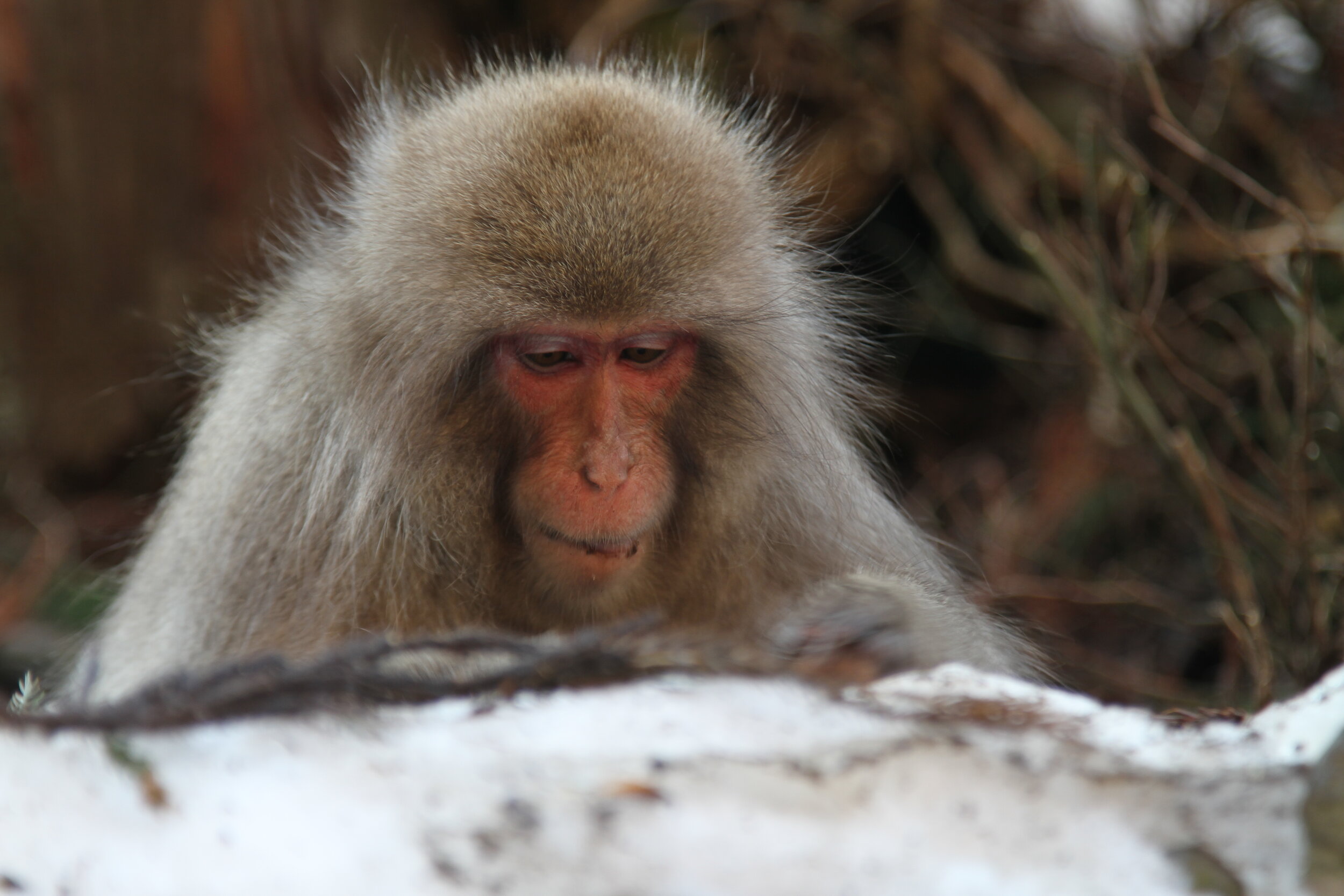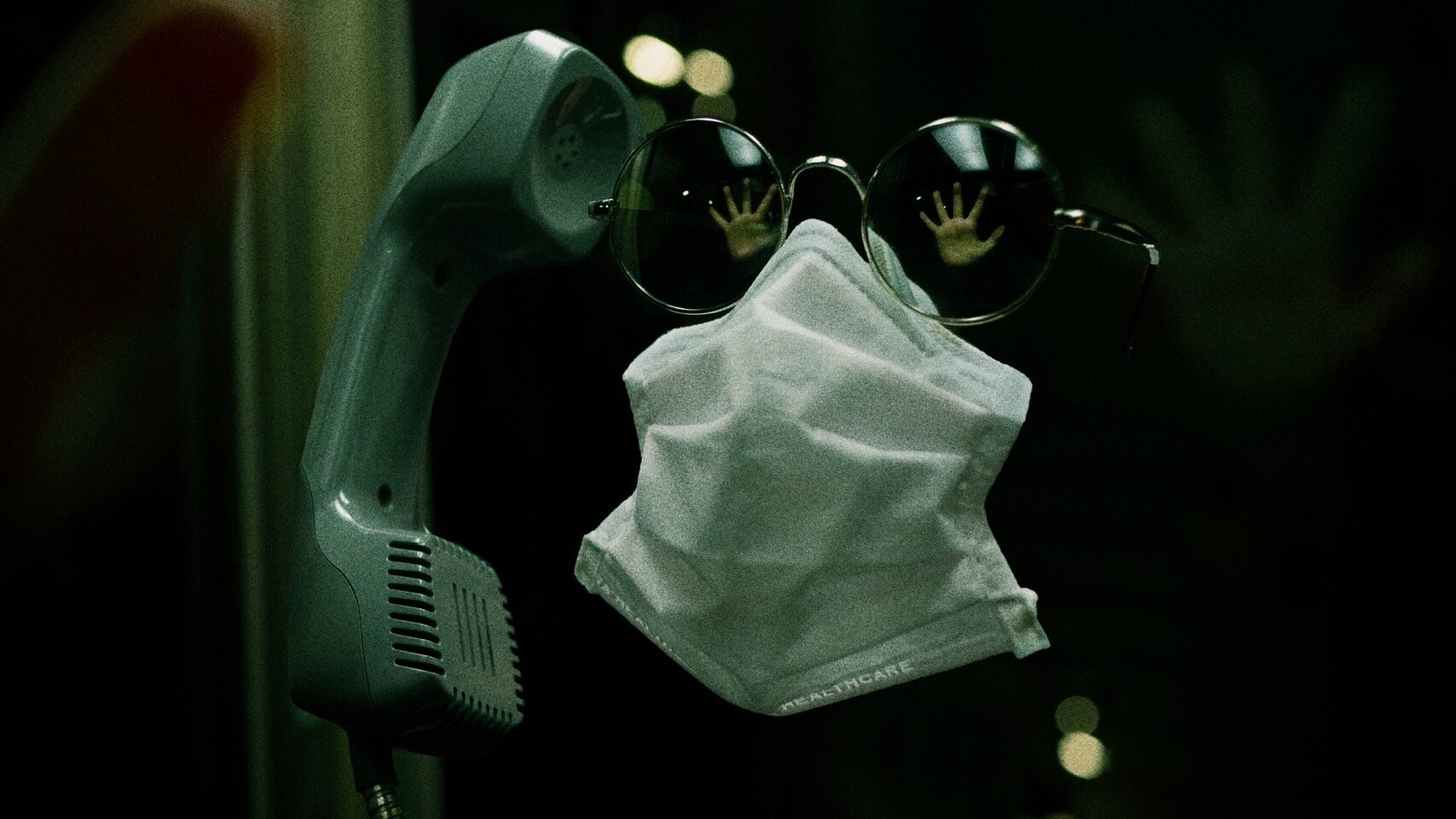How baseball reveals the beauty and brutality of being human.
Japanese phenom Roki Sasaki throws his first pitch on the mound at Camelback Ranch during spring training. Glendale, Arizona. Photo by Andrew Miller.
Baseball begins with a whisper.
Not a roar, not a frenzy of synchronized chanting or the gut-punching bass of stadium speakers rattling ribcages.
No, baseball begins out of sight, behind chain-link fences on dew-soaked backfields where the grass is still wet enough to stain your cleats and the air carries the faint scent of distant concessions. It’s less an arrival and more a reemergence—the slow, deliberate stretching of limbs, the muscle memory of leather against palm, of fingers searching for that perfect grip along uniform red stitches. Something deep and primal stirs, an echo of summers past and seasons unfinished.
Baseball is a contradiction in cleats. It is both timeless and fleeting. Timeless in the sense that the game itself has barely changed in over a century—the diamond remains ninety feet to first, the pitcher’s mound still sixty feet, six inches from home plate, and the rituals of sunflower seeds, pine tar, and rally caps persist like sacred rites. And yet, for those who step onto the field, the opportunity is heartbreakingly finite—a narrow window to weave yourself into the tapestry of a game far greater than the sum of its individual strands.
And make no mistake, baseball is a game of strands—light and shadow, myth and mathematics. There’s the version you see on glossy posters and highlight reels, all towering home runs and gravity-defying catches. Then there’s the version obscured by shadows—the grinding repetition of early-morning fielding drills, the bone-deep ache of a season’s wear and tear, and the whispered superstitions that players follow as if appeasing the baseball gods themselves. Step over the chalk lines. Never mention a no-hitter in progress. Wear the same socks—unwashed, if necessary—until the streak ends.
Baseball’s unwritten rules are less suggestions and more commandments etched into the collective consciousness of players and fans alike. Violate them at your peril. Flip your bat a little too enthusiastically? Expect a fastball in the ribs next time up. Linger too long admiring a home run? Watch your teammates duck the consequences. It’s a sport where humility and hubris exist in constant tension, where respect for the game is paramount—even as the game itself shows little mercy in return.
Consider the cruel calculus of baseball. In no other sport is failure so visible, so frequent, and so defining. Hit safely three times out of ten and you’re a legend. Anything less, and you’re just another name etched into the ever-expanding database of statistical mediocrity. And the numbers are always there, whispering in the background—batting averages, on-base percentages, exit velocities—each data point a tiny chisel scraping away at the illusion of permanence. Swagger might get you through the tunnel, but baseball’s relentless machinery grinds down even the most confident players, reducing ego to dust scattered across the infield.
Yet, for all its cruelty, baseball remains a democracy of opportunity. The lineup is a great equalizer—one through nine, every player gets their turn. There are no shortcuts, no strategic dodges that let a team avoid its weakest link. When the game is on the line, fate might call upon a superstar, but just as often it taps the shoulder of a journeyman utility player whose name barely registers outside the clubhouse. And should that unheralded player deliver in that singular moment—should they lace a line drive into the gap or drop a perfectly placed bunt—the weight of their past failures momentarily lifts, replaced by the intoxicating clarity of success.
Of course, the opposite is also true. A stellar career can unravel in an instant—the wrong hop, a momentary lapse in concentration, or the cruel physics of a baseball rolling through the legs at the worst possible moment. Think of Bill Buckner. One error, one instant of misfortune, and decades of excellence reduced to a single highlight looped endlessly across sports networks. Baseball remembers both your triumphs and your failures, but it has a longer memory for the latter.
And yet, year after year, players return. They gather in sun-drenched ballparks and windswept dugouts, chasing that fleeting sensation of contact perfectly made—the sharp crack of bat against ball, the clean thwack of leather as a fastball hits the catcher’s mitt. They return because, despite everything, baseball offers a portal to something beyond the drudgery of daily life. It demands total immersion—an obsessive focus on the minute details of weight transfer, swing mechanics, and release points. Hours spent perfecting the spin of a slider or the precise timing of a swing become their own form of meditation. See ball. Hit ball. The mantra is deceptively simple, but in its simplicity lies the freedom to disappear into the moment, untethered from the world outside the foul lines.
Baseball is both therapy and torture—a game that reveals character with unflinching clarity. Step into the batter’s box after a strikeout and the game will immediately test your ability to forget the past. The pitcher on the mound doesn’t care about your self-doubt. The scoreboard doesn’t offer sympathy. The only question that matters is whether you can reset, whether you can convince yourself—against all evidence to the contrary—that this time, this swing, will be different.
And perhaps this is why baseball players are, more often than not, a peculiar breed. To survive a season’s worth of failures requires a contradictory blend of obsessive focus and short-term amnesia. You must care deeply about every detail of their craft while maintaining the ability to shrug off each setback as if it never happened. The moment you start carrying yesterday’s failures into today’s game, the weight becomes too much to bear. So you forget. You rebuild your confidence from scratch, one at-bat at a time, until the next slump arrives to tear it all down again.
This cycle—of hope and heartbreak, of success measured in fractions of inches—is what makes baseball both maddening and irresistible. It’s why, every February, players gather once more on those dew-covered backfields, their breath visible in the crisp morning air as they stretch and sprint and reacquaint themselves with the feel of bat and glove. They come not because they’ve forgotten the failures of seasons past, but because they’ve chosen to believe that this year might be different. That this year, the baseball gods might smile a little more kindly. Empirical evidence and a Wikipedia page full of strikeouts be damned.
Baseball is coming.
This is both promise and threat.
And somewhere out there, on a sun-warmed field where shadows fall long and thin, a ballplayer picks up a scuffed baseball and grips it tight. The seams press into his fingers, familiar and strange all at once. He winds up, lets it fly, and listens for the sound—the slap of leather against leather, the first echo of a thousand possibilities yet unwritten. The whisper that started it all, now rising, growing, swelling into something more.
Because baseball, in the end, is not merely a sport like the others, but rather a cosmic question posed to the universe: What if this time, just this once, it all goes right?
Play ball.
Andrew “Oyl” Miller is an advertising Creative Director and Copywriter. He spent 15 years working at Wieden+Kennedy on brands like Nike, PlayStation, MLB and IKEA. You can check out his work on his website.



